Drug pricing appears to be making headlines every month: from blaming pharmacy benefit managers then hospitals for high list prices, to including drug list prices in direct-to-consumer ads, to a recent face-off between the US Senate and seven of the biggest pharmaceutical companies in the world.
Among the priciest drugs is insulin, the hormone that millions of diabetics depend on to control their blood sugar. The high cost of insulin has even driven some patients to change their medication, ration doses, or skin insulin altogether.
In a historic announcement made on Monday, biopharma company Eli Lilly said they will be launching a generic version of this biologic at half the cost of their branded version, Humalog.
“Solutions that lower the cost of insulin at the pharmacy have been introduced in recent months, but more people need help,” said David Ricks, chairman and CEO of Eli Lilly, in a blog post. “We’re eager to bring forward a low-priced rapid-acting insulin.”
The generic drug is named after Humalog’s active ingredient, Insulin Lispro. It will be sold by the Lilly subsidiary, ImClone Systems in vials – at $137.35 per vial – and in pens – at $265.20 per five pens. The company already has stocks of vials and pens manufactured, and are now negotiating with supply chain partners to get Insulin Lispro on pharmacy shelves.
Human analogues of insulin have been available since 1996, yet the first biosimilar of Humalog, Sanofi’s Admelog, was only approved in 2017. In those two decades, diabetics have been at the mercy of the three main manufacturers of insulin – Eli Lilly, Novo Nordisk and Sanofi – each capable of increasing prices without a moment’s notice.
The question becomes: what is delaying “generic insulin” and why is the cost of insulin so high? For the former, changing legal frameworks appear to hinder companies from submitting market approval applications to the US Food and Drug Administration. For the latter, drug makers have been accused of jacking up prices to gain favor with insurance companies. The biggest manufacturers of insulin – Eli Lilly, Novo Nordisk and Sanofi – are tied up in a lawsuit filed by 67 diabetic patients.
RELATED VITALS: High Cost of Insulin Explains Low Use Among Patients
David Rick adds that insulin affordability is a great example of the “break down in the US health care system”. Pharma executives and policymakers alike agree that the drug pricing system needs to be changed. In last week’s Senate Finance hearing, executives from AbbVie, Bristol-Myers Squibb, Pfizer, Johnson & Johnson, Sanofi and AstraZeneca showed their support for President Donald Trump’s proposal to eliminate the rebate system, which currently benefits insurers more than patients. If rebates are eliminated, some companies even pledge to lower their drug list prices.
“The significant rebates we pay on insulins do not directly benefit all patients. This needs to change,” Ricks said. “There are numerous ideas, including the rebate reform proposal from HHS. For people with diabetes, a lower-priced insulin can serve as a bridge that addresses gaps in the system until a more sustainable model is achieved.”
Half-price insulin might help patients who have high-deductible insurance plans, gaps in their insurance coverage (i.e. Medicare Part D) or do not have health insurance at all.
Eli Lilly’s launch of Insulin Lispro will hopefully encourage other pharma companies to follow suit with generics of their own. Until then, people with diabetes will soon have access to a cheaper, lifesaving alternative.


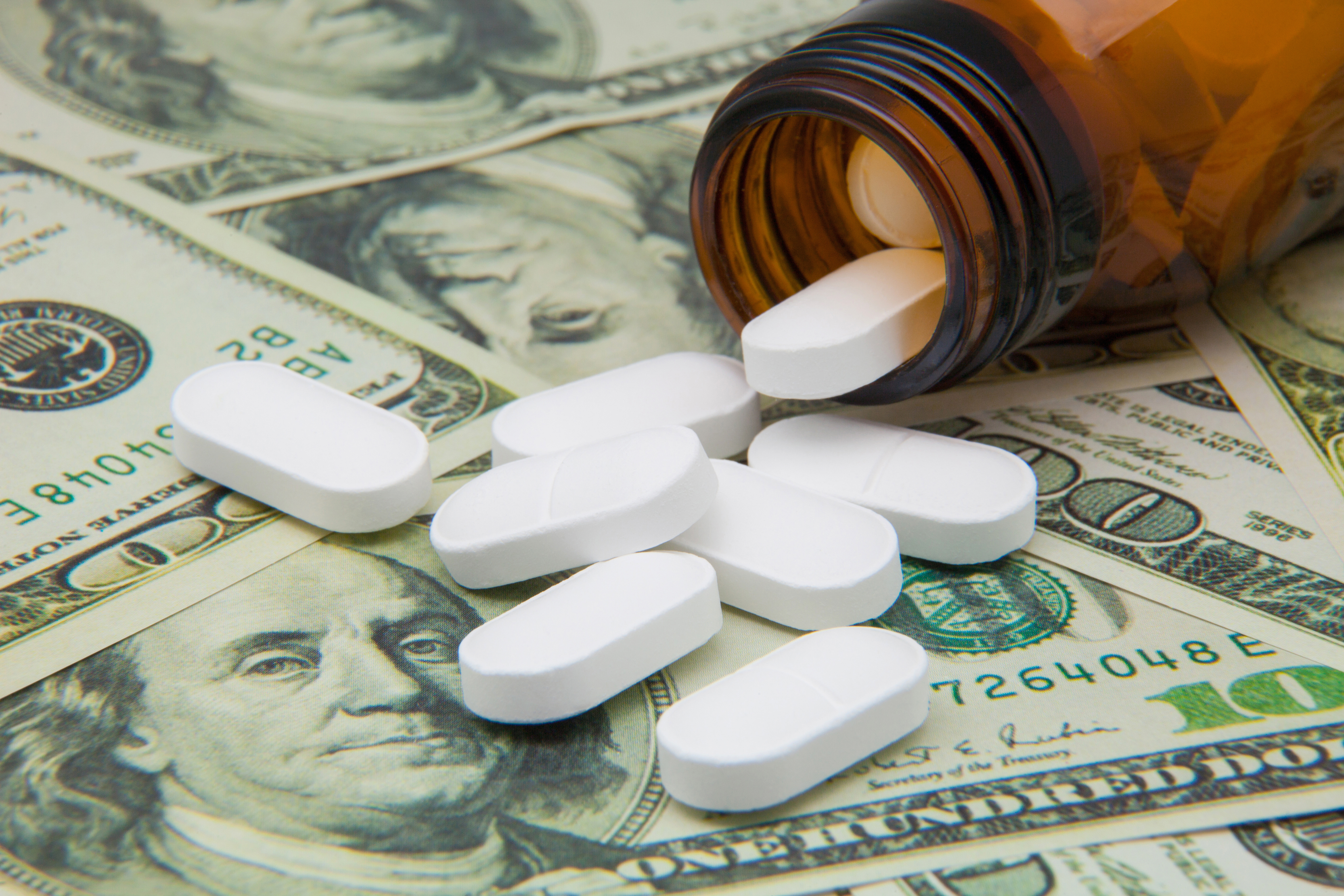
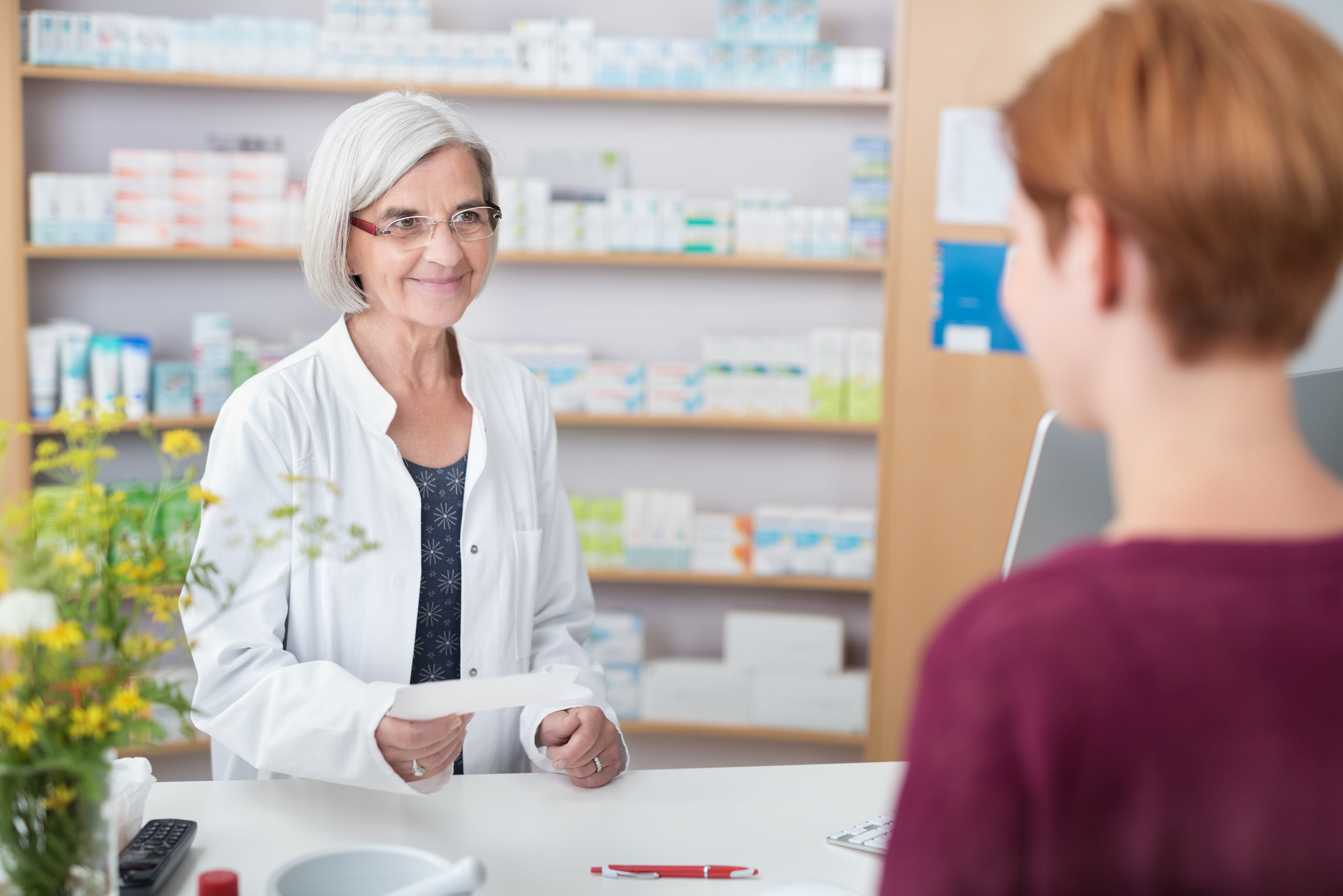
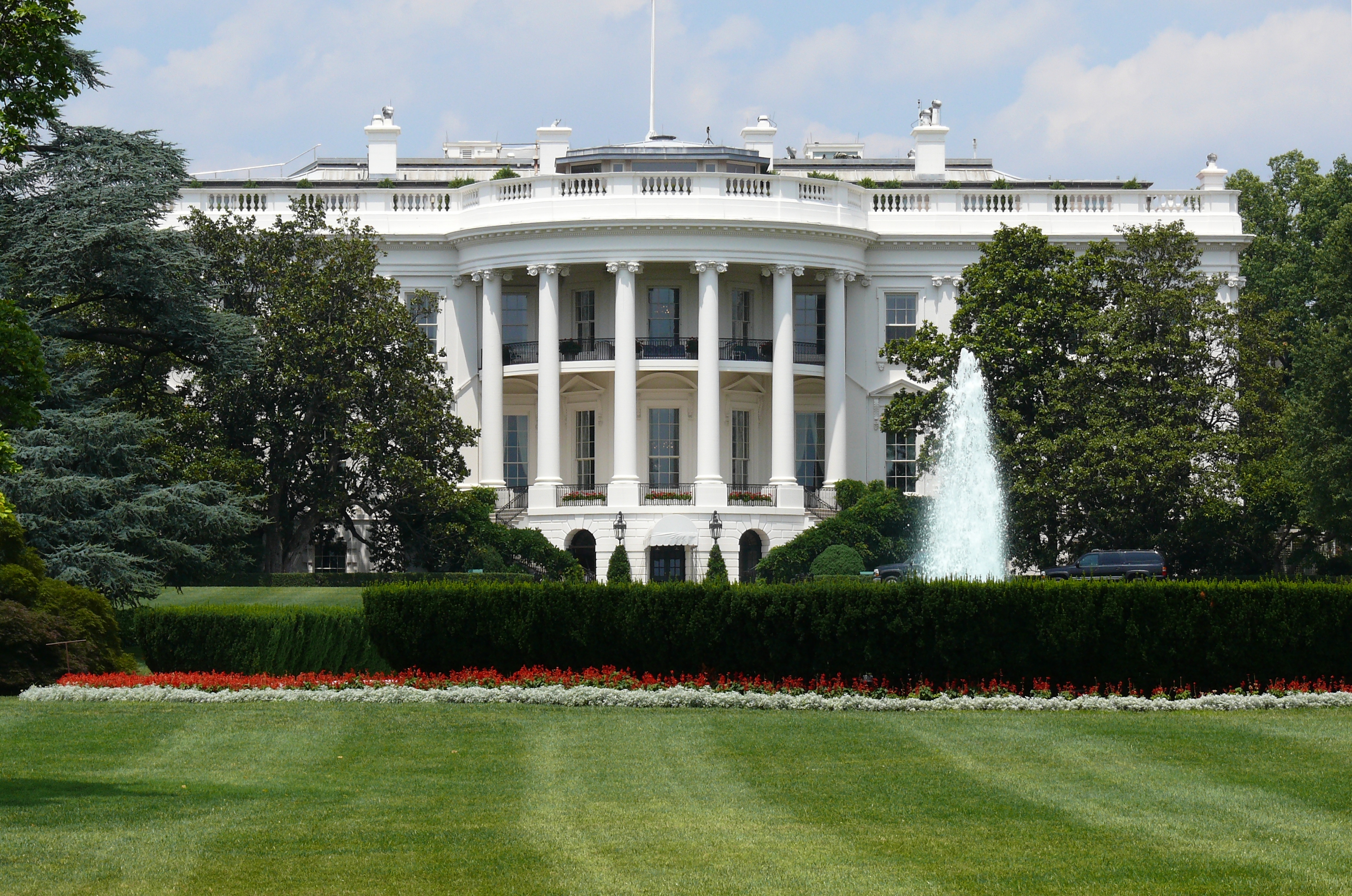
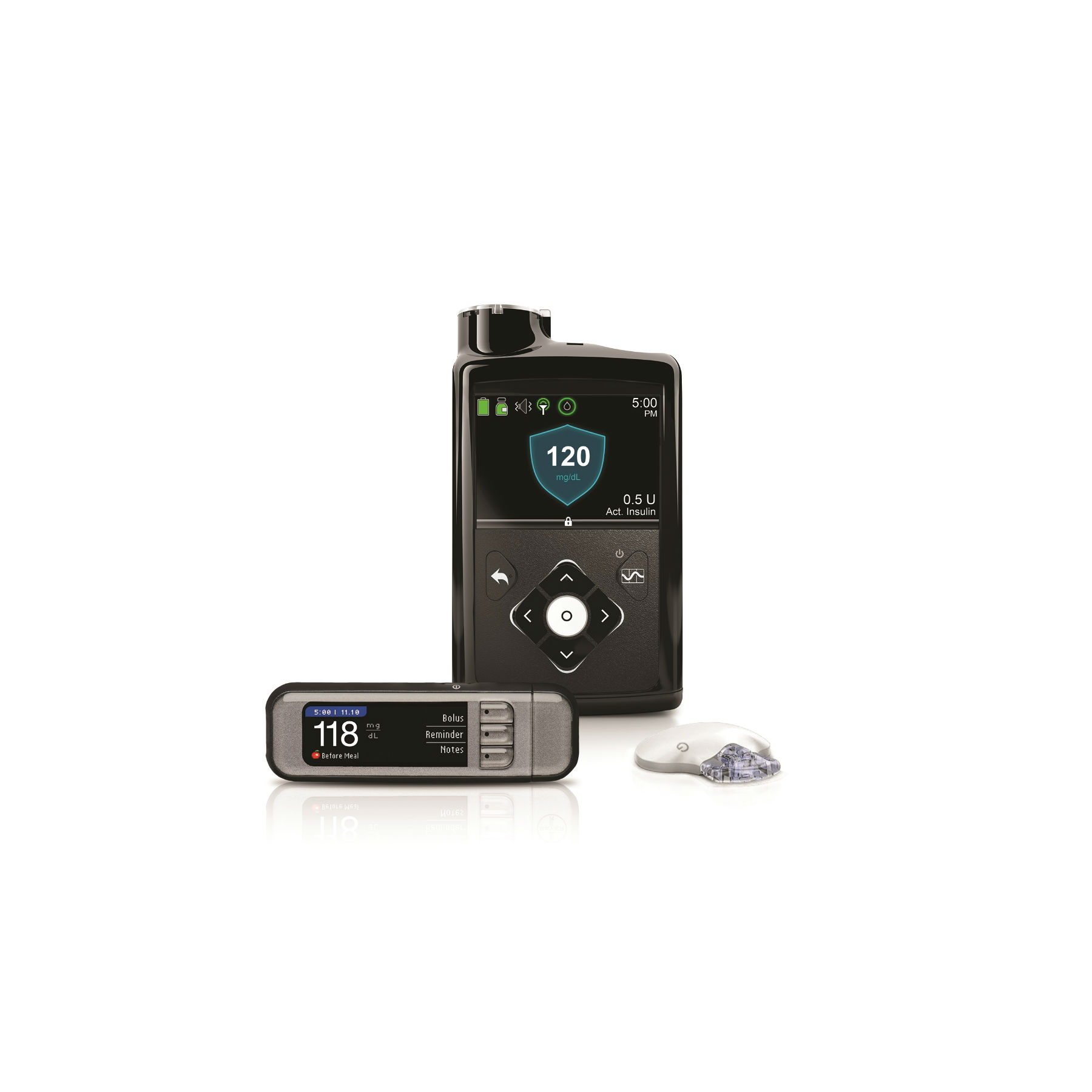
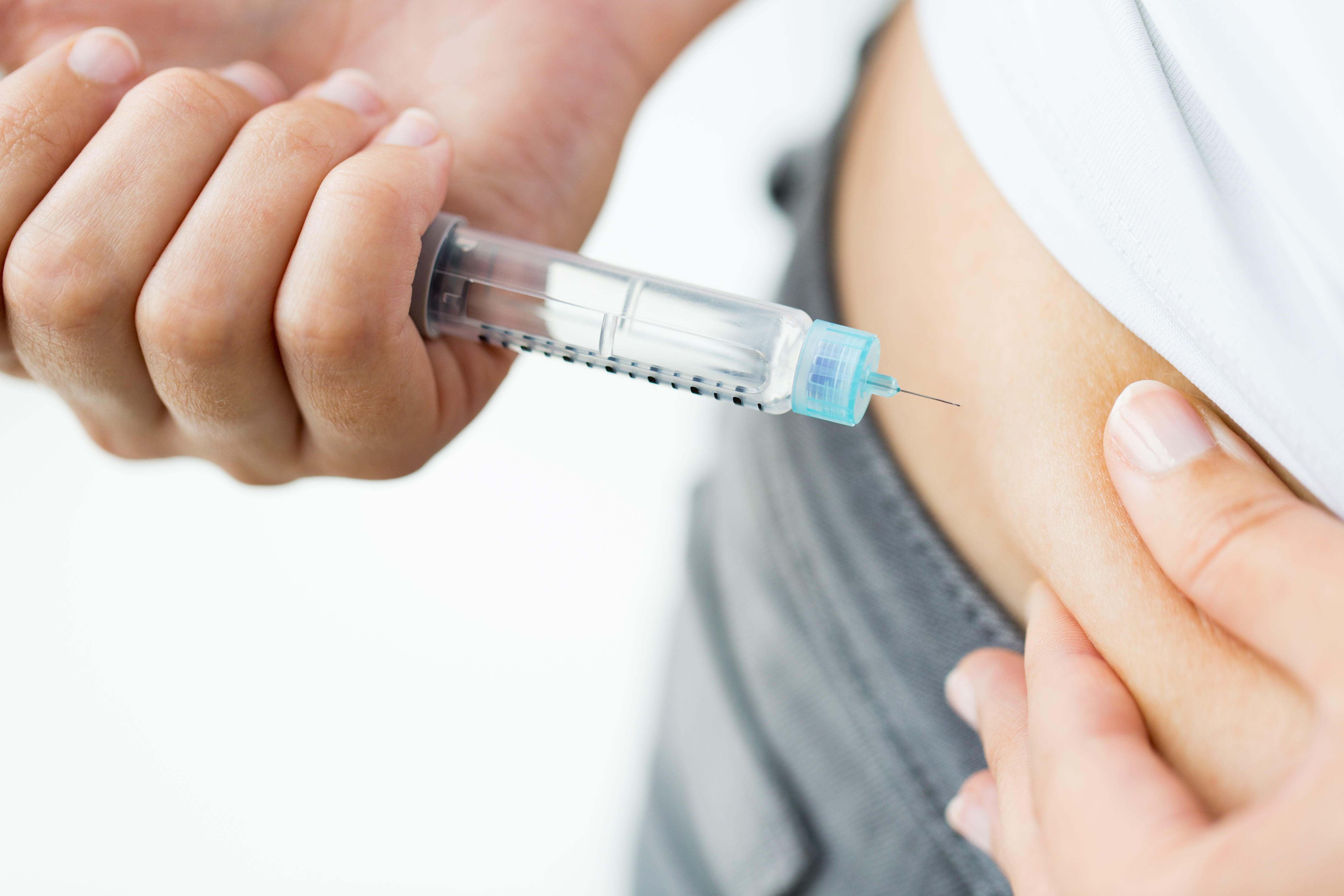





Join or login to leave a comment
JOIN LOGIN